infection prevention and control
ALASKA
Alaska Employers Looking for Interim Candidates
Infection Prevention Professionals Looking for Opportunities



demographics
Alaska is the least densely populated state in the U.S., with a population of just over 720,000 people. The state is known for its diverse population, which includes a mix of Native Alaskans, military personnel, and other transplants from around the country.
According to the U.S. Census Bureau, the largest racial or ethnic group in Alaska is White (66.3%), followed by Native Hawaiian or Pacific Islander (15.8%), and American Indian or Alaska Native (14.9%). There is also a significant Hispanic or Latino population (7.5%) and a smaller Asian population (4.8%).
In terms of age, Alaska has a relatively young population, with a median age of 33.9 years. The state also has a high proportion of veterans (9.3%) and a relatively low percentage of residents over the age of 65 (7.2%).
Given that it is such a diverse place, it is an ideal area for an opportunity for an Infection Prevention professional.
The largest city in Alaska is Anchorage, with a population of about 300,000 people. Anchorage is a hub for commerce, culture, and tourism in the state, and is known for its vibrant arts and entertainment scene. Other major cities in Alaska include Fairbanks, Juneau (the state capital), and Wasilla.
Overall, Alaska is a diverse and dynamic state with a mix of cultures and lifestyles. Whether you’re looking for a bustling city or a remote wilderness experience, you’ll find a community that fits your needs in Alaska.
cost of living
The cost of living in Alaska is generally higher than the national average, particularly in terms of housing costs. According to the Council for Community and Economic Research, the overall cost of living in Alaska is about 15% higher than the national average.
Housing is one of the largest contributors to the higher cost of living in Alaska. The average cost of a home in the state is about $300,000, which is significantly higher than the national average of $220,000. Renting is also more expensive in Alaska, with the average cost of a one-bedroom apartment in the state ranging from $1,200 to $1,500 per month.
Food costs in Alaska are similar to the national average, but other living expenses, such as transportation and healthcare, are higher in the state. The cost of gasoline, for example, is typically 30% to 40% higher in Alaska than the national average due to the state’s remote location and lack of refining capacity.
Despite the higher cost of living, many residents of Alaska receive a high wage due to the state’s robust oil and gas industry. The average wage in Alaska is about $22 per hour, which is significantly higher than the national average of $16 per hour.
In addition, Alaska provides a number of financial incentives for residents, including a Permanent Fund Dividend, which provides residents with an annual payment from the state’s oil revenues. This payment is typically between $1,000 and $2,000 per year and can help offset some of the higher living expenses in the state.
Overall, while the cost of living in Alaska is higher than the national average, many residents find it to be a good value due to the high wages and financial incentives available in the state. This makes it a viable option for Infection Prevention professionals.




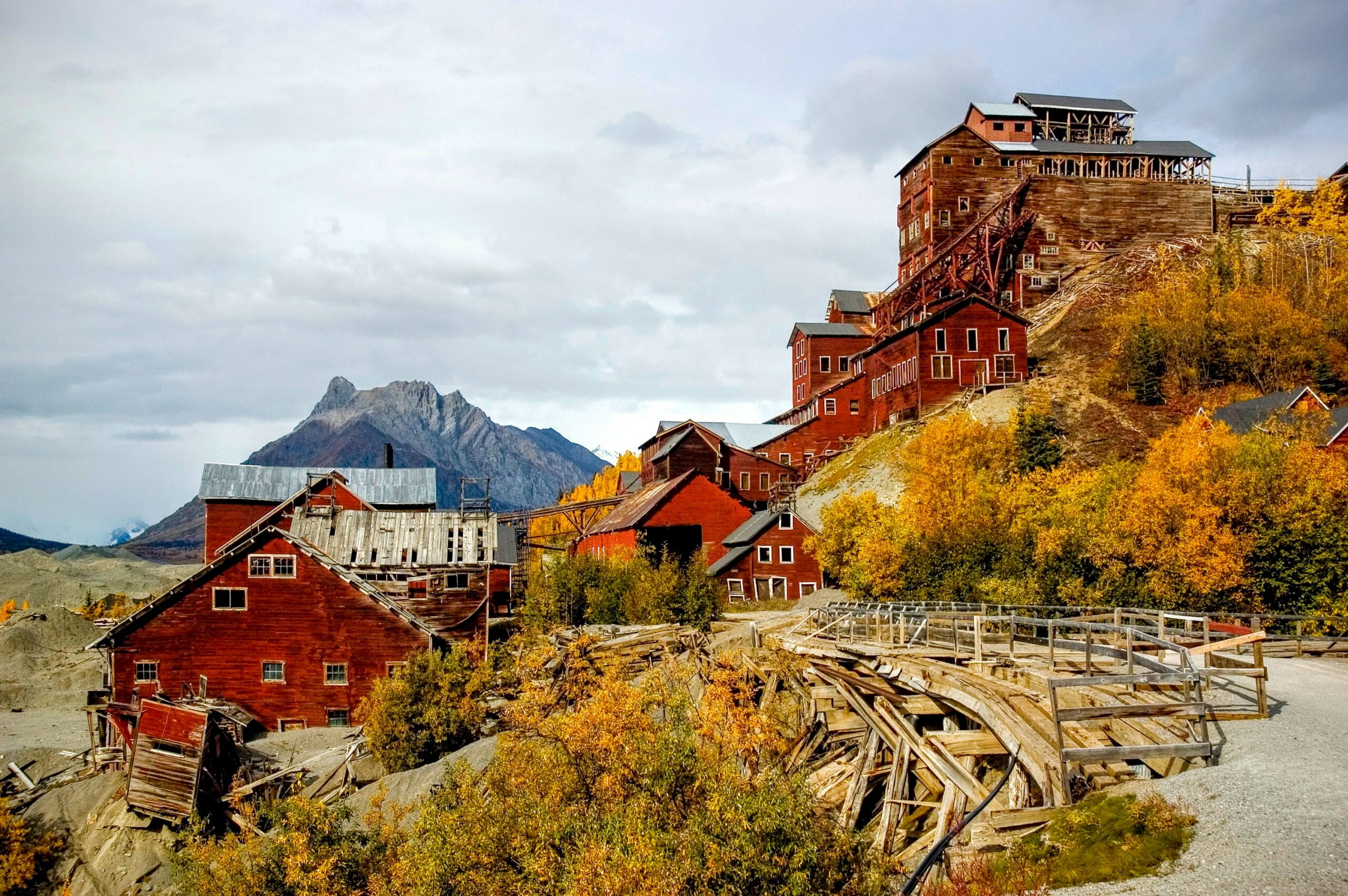

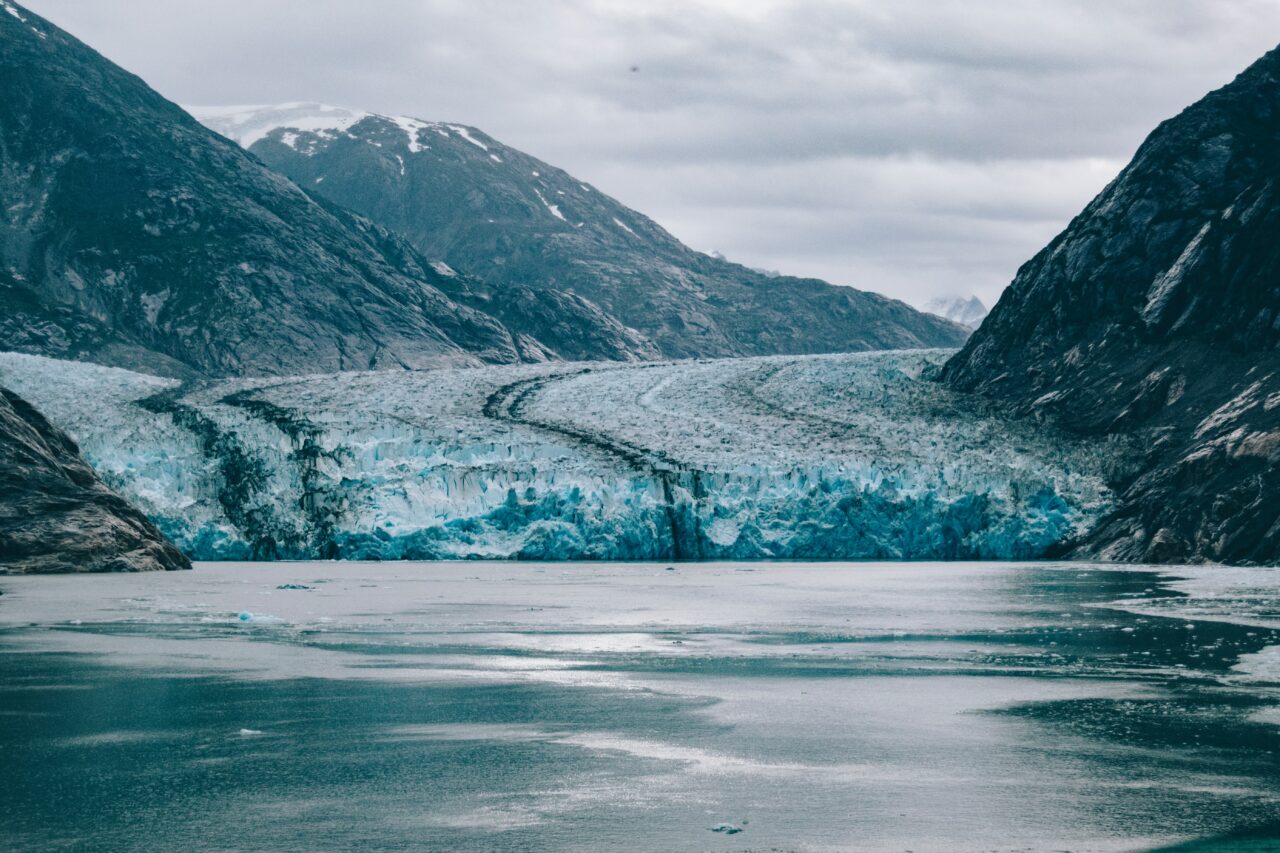

education
Education in Alaska is overseen by the Alaska Department of Education and Early Development and encompasses early childhood education, K-12 education, and higher education. The state’s decentralized system includes publicly funded pre-kindergarten programs, K-12 schools in rural and remote communities, the University of Alaska system, and private colleges and universities. Alaska follows the Alaska State Content and Performance Standards, administers the Alaska Measures of Progress assessment, provides special education services, and has teacher certification requirements in place to support the educational needs of its diverse population. Due to the many academic opportunities, it is a great place for Infection Preventionist professionals to move to with their families.
taxes
Alaska has a relatively low tax burden compared to other states in the U.S. The state does not have a state sales tax, and its state income tax rate is among the lowest in the country, with a top rate of just 7.5%.
Property taxes in Alaska are also relatively low, with an average effective property tax rate of just 0.77%, according to the Tax Foundation. This is significantly lower than the national average of 1.08%.
Alaska also provides a number of tax exemptions and deductions for residents, including a Permanent Fund Dividend, which provides residents with an annual payment from the state’s oil revenues. This payment is typically between $1,000 and $2,000 per year and is exempt from both state and federal income taxes.
Additionally, Alaska has no inheritance tax and no estate tax, making it an attractive state for individuals with significant wealth.
This is another reason why Infection Prevention and Control Practitioners find Alaska to be a great area to move to for new opportunities.
Overall, while Alaska’s tax burden is lower than the national average, the state’s higher cost of living can offset some of these savings. However, many residents find that the combination of low taxes and high wages, combined with the state’s unique natural beauty and outdoor recreation opportunities, make it a good place to live and work.
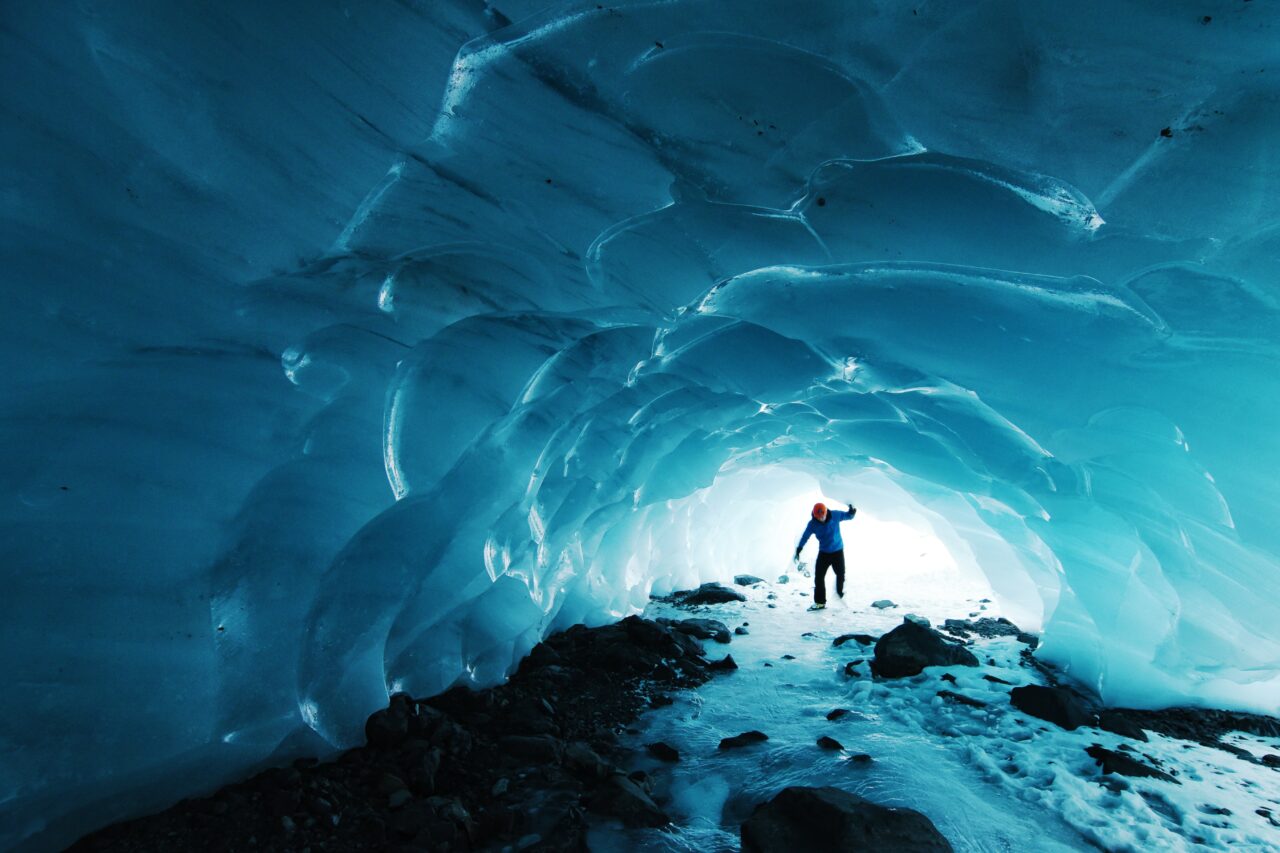



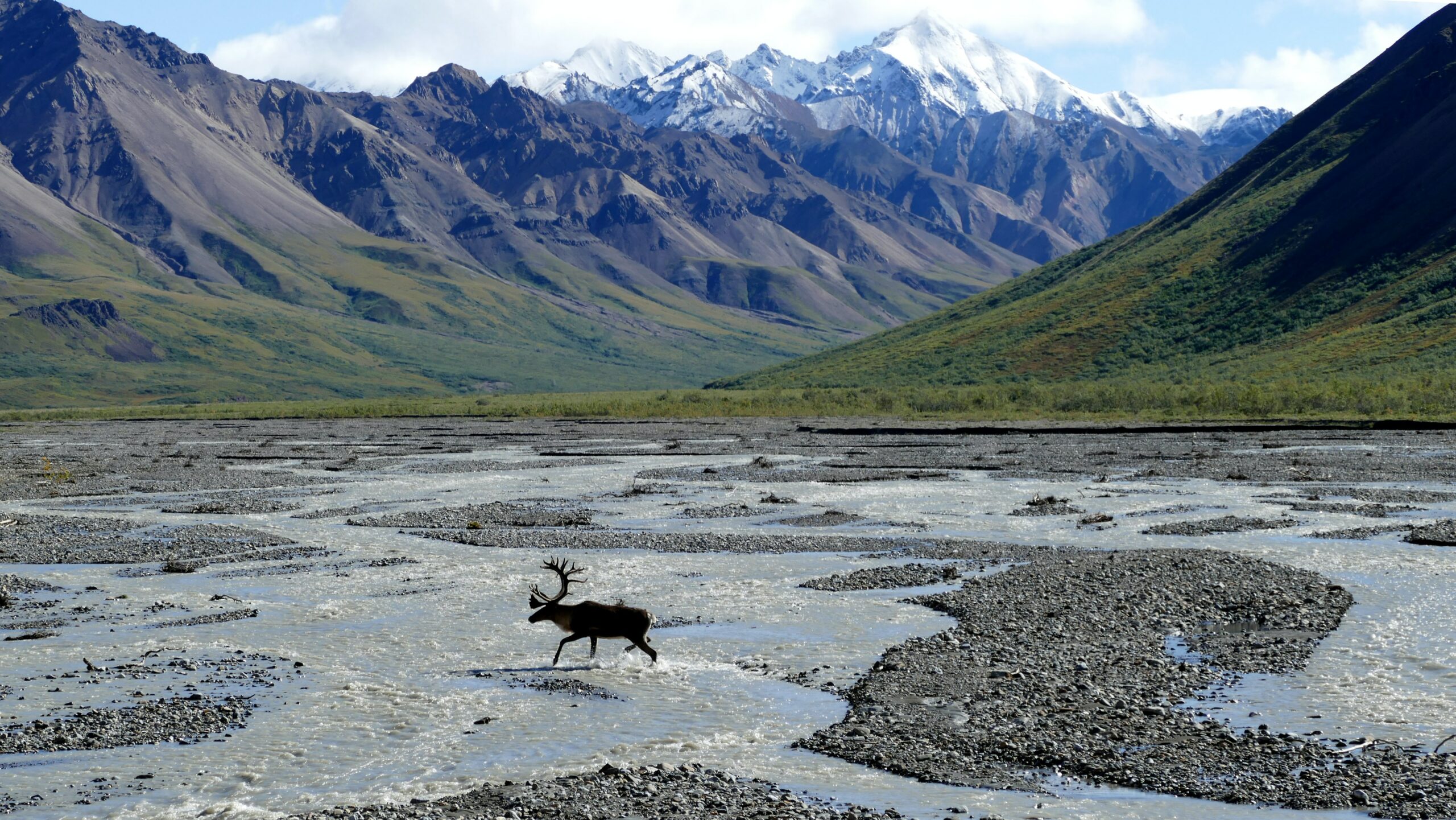

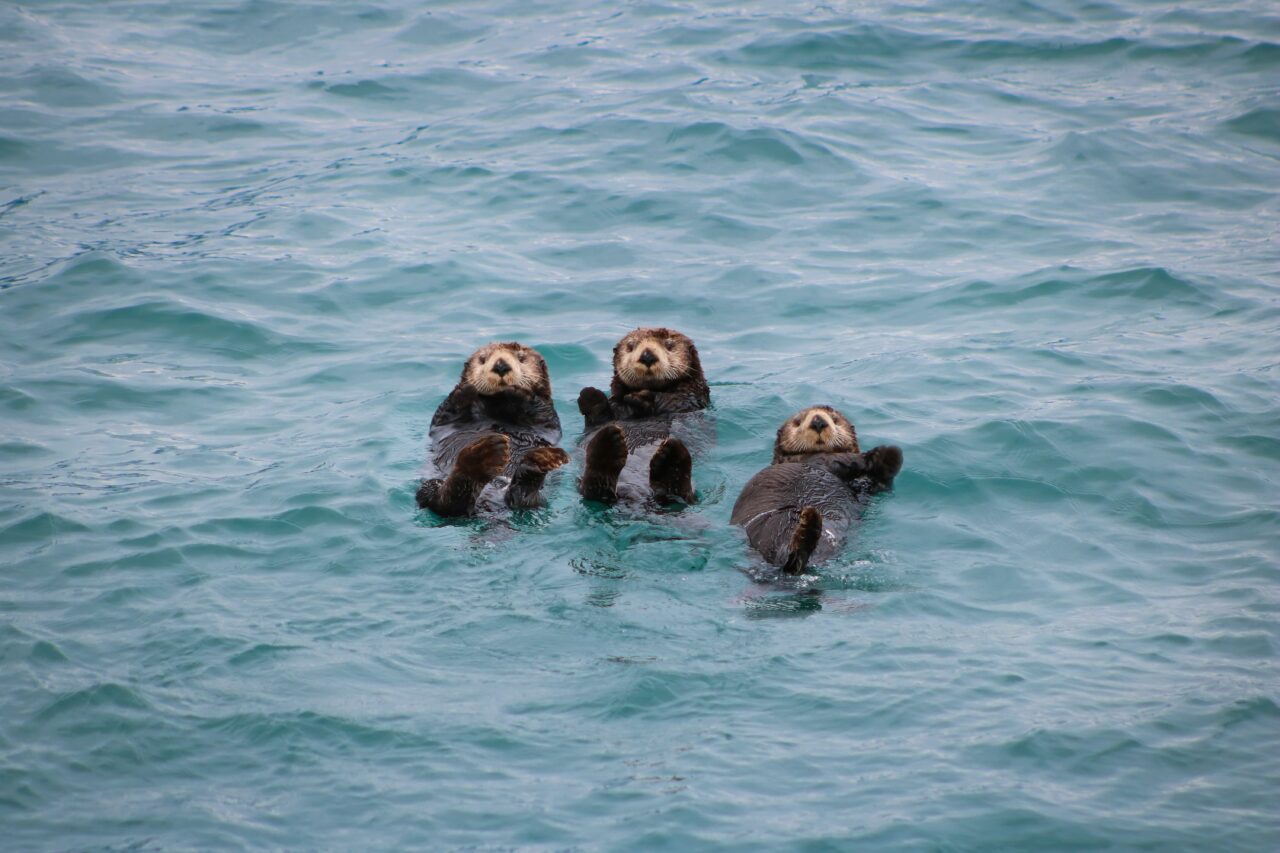

climate
The climate in Alaska can vary greatly depending on location and time of year. Overall, the state has a subarctic or polar climate, characterized by long, cold winters and short, mild summers.
In the interior of the state, temperatures can drop well below zero in the winter months, with average temperatures ranging from -10°F to 5°F. Summer temperatures in the interior are typically in the 40s to 60s°F.
Along the coast, temperatures are moderated by the ocean, with average winter temperatures ranging from 20°F to 30°F, and summer temperatures in the 50s to 60s°F. Coastal areas also receive more rainfall than the interior, with average annual precipitation ranging from 30 to 80 inches.
In the northern part of the state, temperatures are even milder, with average winter temperatures in the 20s°F and summer temperatures in the 60s to 70s°F.
Overall, Alaska’s climate can be challenging for some, particularly in the long, dark winter months. However, many residents appreciate the unique beauty and natural resources that the state’s climate provides, including opportunities for outdoor recreation, such as skiing, snowboarding, fishing, and hunting. Additionally, Alaska’s long summer days, with up to 24 hours of daylight in some areas, are a unique and highly valued experience for many residents.
The wide range of weather makes it a perfect option for Infection Prevention Professionals who enjoy variety, and experiencing all seasons.
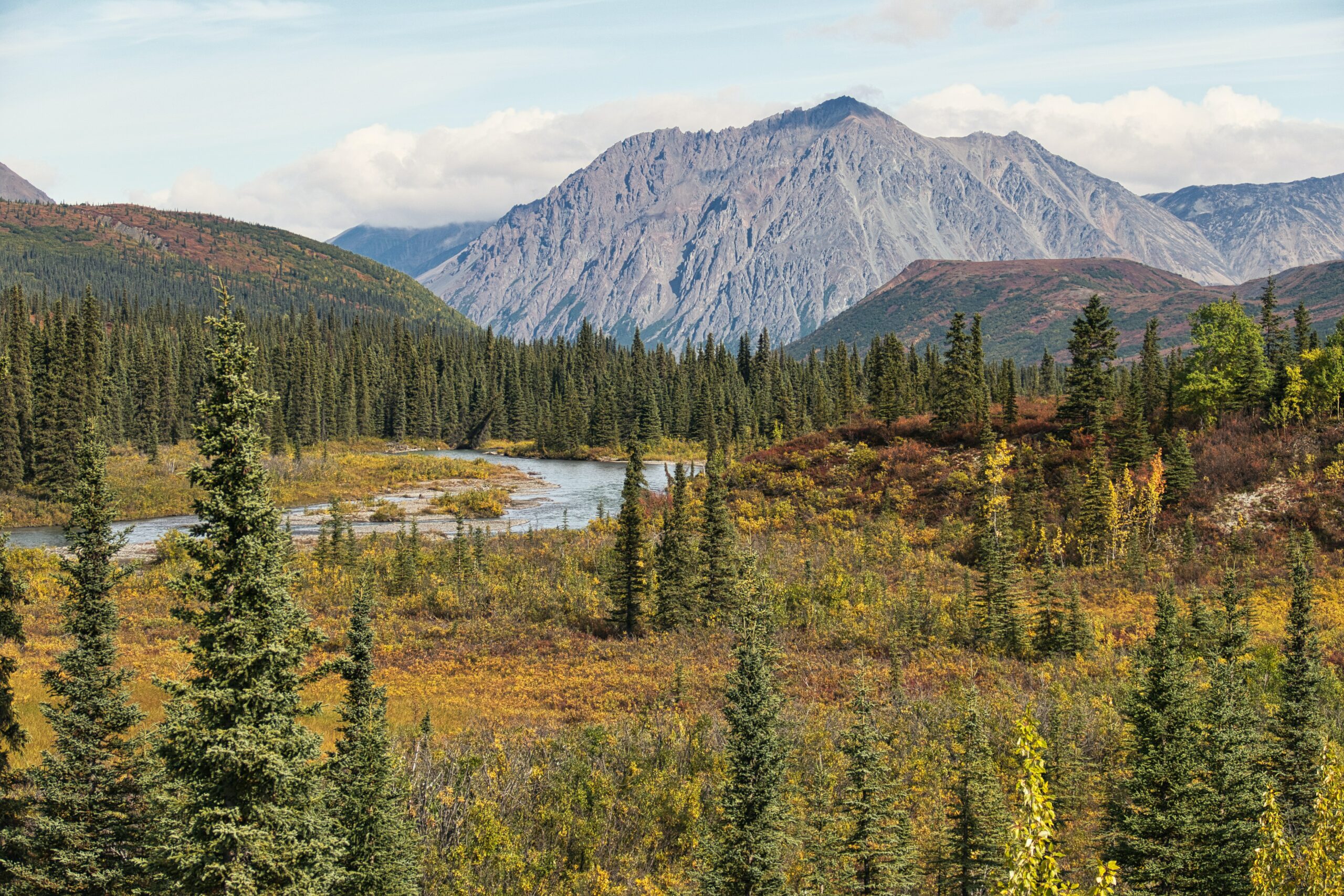

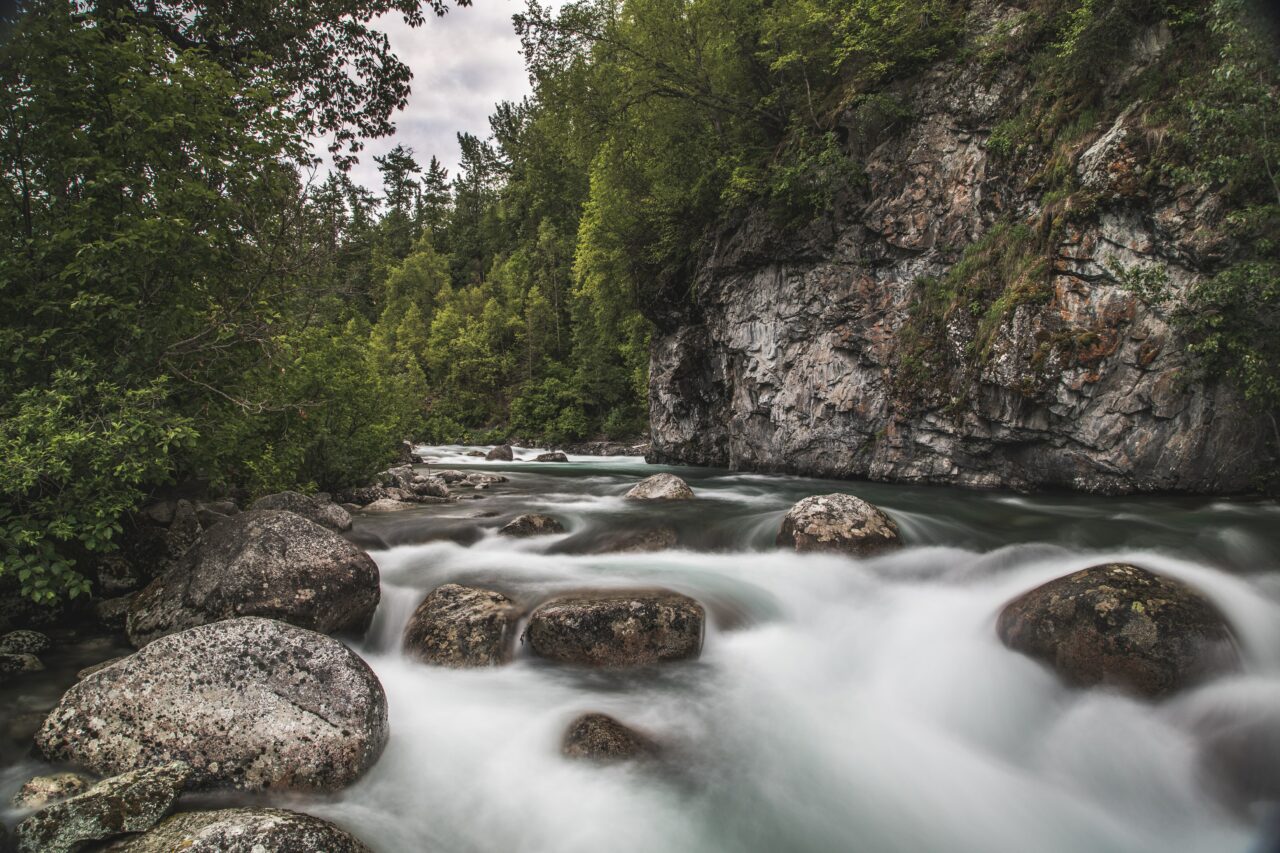

hospitals in alaska
Alaska has a number of high-quality hospitals and healthcare facilities that serve the state’s residents. Major hospitals in Alaska include Providence Alaska Medical Center in Anchorage, Alaska Regional Hospital in Anchorage, and Bartlett Regional Hospital in Juneau.
Providence Alaska Medical Center is a nonprofit, full-service hospital that serves as the primary referral center for the state. It offers a wide range of services, including cardiovascular care, cancer treatment, and orthopedics, and is recognized as one of the best hospitals in Alaska.
Alaska Regional Hospital is another major hospital in Anchorage, offering comprehensive medical services, including emergency care, diagnostic imaging, and rehabilitation services.
Bartlett Regional Hospital is a community-owned hospital in Juneau, serving the residents of the capital city and surrounding areas. The hospital offers a full range of medical services, including emergency care, outpatient surgery, and rehabilitation services.
In addition to these major hospitals, Alaska has a number of smaller community hospitals and rural health clinics that serve residents in more remote areas of the state.
Overall, Alaska’s healthcare system is well-regarded, with a number of high-quality hospitals and healthcare facilities that provide residents with access to comprehensive medical care. Additionally, the state is home to a number of highly trained healthcare professionals, including physicians, nurses, and other healthcare providers.
The numerous hospitals make it an ideal area for Infection Prevention Professionals.
Overall, Alaska is a unique and beautiful state with a lot to offer, including a diverse population, financial incentives for residents, a subarctic climate, and a favorable tax system. If you’re an Infection Prevention Professional looking for a change of pace and a new adventure, Alaska might be just the place for you.
